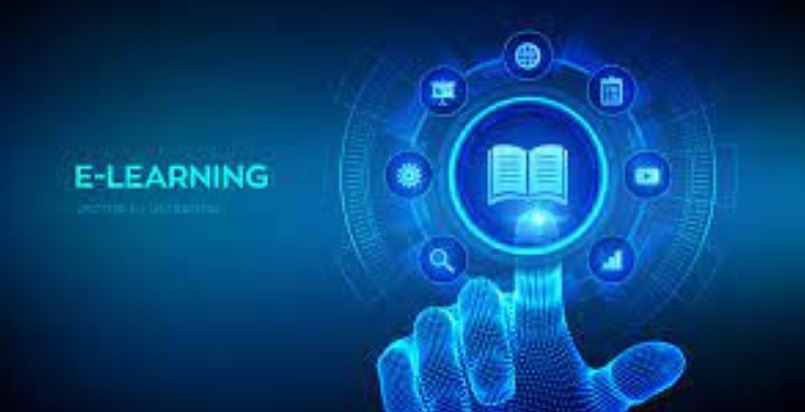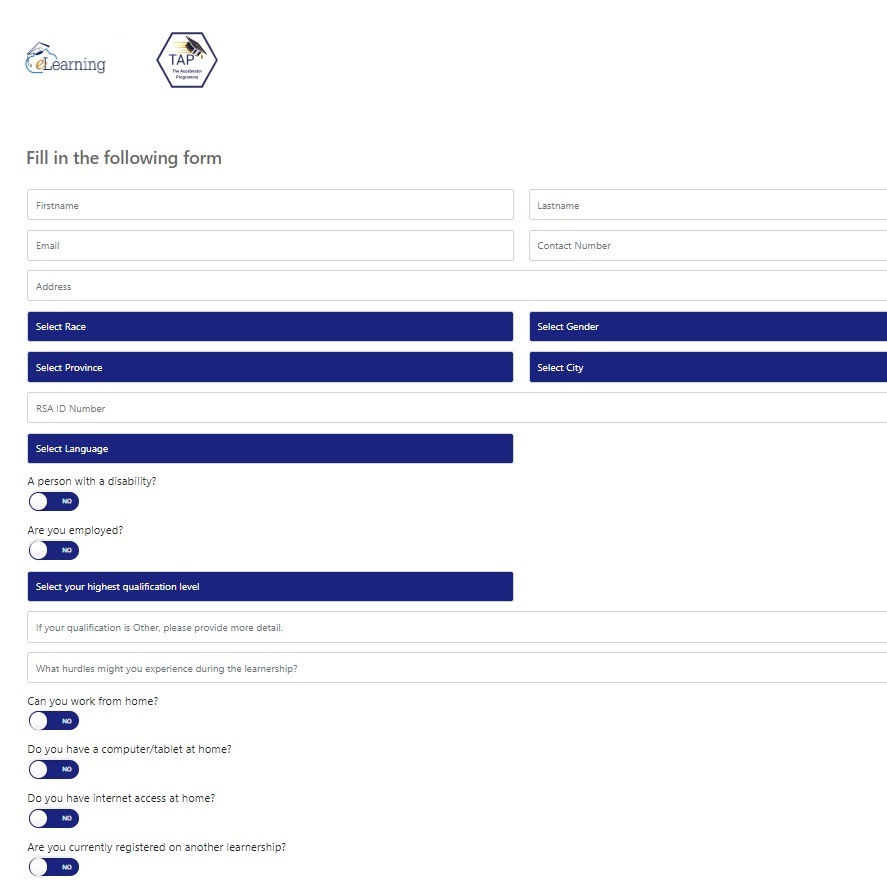Budget-friendly LMS Learnership Options: High Quality Education And Learning for All Spending plans
Budget-friendly LMS Learnership Options: High Quality Education And Learning for All Spending plans
Blog Article
Strategic Execution of LMS Learnership Programs for Sustainable Worker Advancement
In the world of labor force growth, the tactical application of Learning Administration System (LMS) learnership programs stands as a cornerstone for promoting lasting staff member development within companies. As the landscape of professional discovering evolves, companies are significantly turning to digital platforms to cultivate the skills and proficiencies of their workforce. The simple fostering of an LMS is however the preliminary step in an intricate journey towards achieving long lasting worker development. By diving right into the intricacies of designing and performing LMS learnership programs with a strategic lens, companies can unlock a variety of benefits that not only improve employee capacities but also add to the general sustainability and success of business.
Benefits of LMS Learnership Programs
LMS learnership programs use a plethora of benefits for both staff members and companies seeking constant professional growth. Furthermore, these programs typically use a large array of programs and sources, allowing staff members to acquire brand-new abilities and understanding relevant to their functions or job aspirations.
Moreover, LMS learnership programs advertise a culture of continuous knowing within companies (lms learnership). In general, the advantages of LMS learnership programs prolong beyond individual growth to include the alternative advancement of both employees and the organizations they offer.

Key Techniques for Execution
Structure upon the fundamental benefits highlighted earlier, reliable implementation of learnership programs calls for tactical planning and implementation to maximize their effect on worker development and business growth. One essential approach for effective implementation is lining up the learnership program with the organization's general objectives and purposes. By making certain that the program's content and framework remain in sync with the business's critical direction, employees are most likely to see the significance of their involvement and exactly how it adds to the bigger picture.
An additional crucial approach is to secure buy-in from leading monitoring and crucial stakeholders. Leadership assistance not just supplies the essential resources and financing but additionally sends out a message to workers regarding the program's value. In addition, creating a durable communication plan that outlines the program's structure, benefits, and expectations aids in managing individual and stakeholder assumptions, promoting engagement, and maintaining openness throughout the implementation procedure. Normal surveillance and examination of the program's performance are additionally necessary to make timely changes and guarantee its ongoing success.
Gauging Program Efficiency
Efficient dimension of the learnership program's impact is important for assessing its overall effectiveness in boosting staff member advancement and adding to organizational development. To determine program performance, essential efficiency signs (KPIs) require to be developed. These KPIs need to align with the program's purposes and the organization's strategic objectives. Common KPIs for determining the performance of learnership programs consist of worker interaction levels, expertise retention rates, abilities improvement, and efficiency improvements. Surveys, evaluations, and responses systems can be utilized to collect quantitative and qualitative information on that site these KPIs.

Conquering Application Difficulties
To make certain the successful implementation of learnership programs and optimize their effect on employee advancement, companies should attend to and get over various challenges that might arise throughout the execution phase. One usual challenge faced is resistance from staff members that might be hesitant to involve in brand-new knowing campaigns. This can be mitigated with clear interaction about the advantages of the program and attending to any type of worries elevated by personnel.
One more challenge is the lack of sources, both in terms of budget restrictions and time restrictions. Organizations can overcome this by focusing on the appropriation of sources in the direction of the learnership program and seeking exterior financing or collaborations to support its application.
Additionally, guaranteeing active engagement and involvement from both workers and management is crucial for the success of the program. This can be attained via establishing clear goals and expectations, giving ongoing support and feedback, and identifying and awarding achievements. By proactively dealing with these implementation challenges, organizations can improve the effectiveness and sustainability of their learnership programs for worker development.
Ensuring Long-Term Sustainability
Protecting the long life of staff member development efforts calls for strategic preparation and continuous adaptation to advancing business requirements and exterior aspects. To guarantee the long-lasting sustainability of LMS learnership programs, organizations need to prioritize numerous crucial facets. It is crucial to routinely Check Out Your URL analyze the performance of the program through efficiency metrics, individual comments, and alignment with business goals. This analysis makes it possible for the recognition of locations for improvement and adjustment to make sure the program stays pertinent and impactful.
Furthermore, promoting a culture of learning within the company is essential for maintaining staff member development efforts. Motivating continual understanding and expert growth not just advantages private employees but likewise adds to the overall adaptability and competition of the company. Additionally, incorporating the learnership program into the company's lasting strategic preparation makes sure that reference it obtains the essential resources, buy-in from management, and positioning with the company's future instructions. By taking an aggressive and holistic strategy to the sustainability of LMS learnership programs, companies can grow an experienced and agile labor force with the ability of meeting the challenges of tomorrow - lms learnership.
Conclusion
Finally, the strategic execution of LMS learnership programs is vital for sustainable employee advancement. By concentrating on advantages, essential approaches, determining performance, conquering obstacles, and ensuring long-term sustainability, companies can create a structured method to sustain continual knowing and growth. This approach allows staff members to boost their skills and understanding, inevitably resulting in improved efficiency and efficiency within the organization.
Report this page